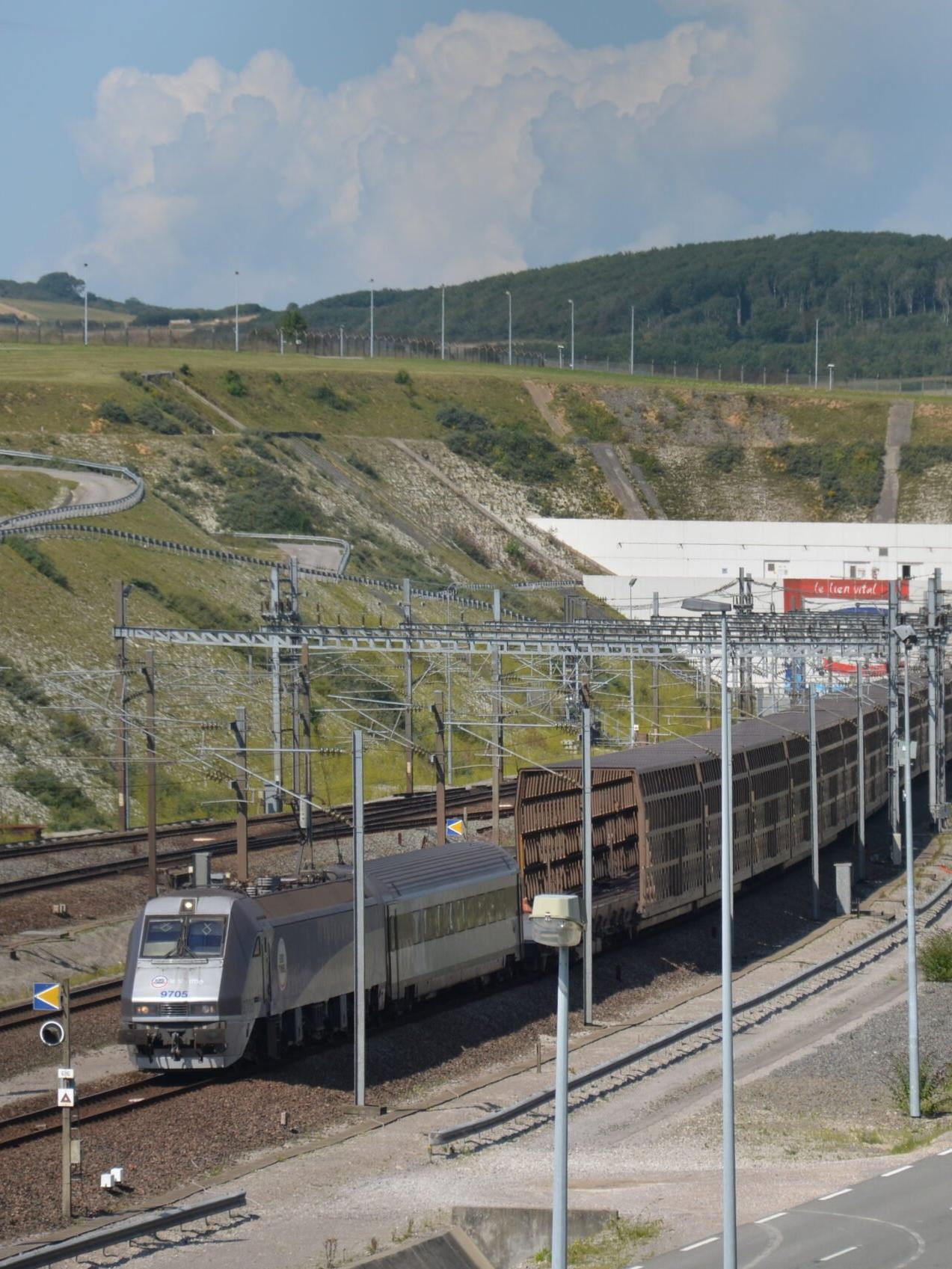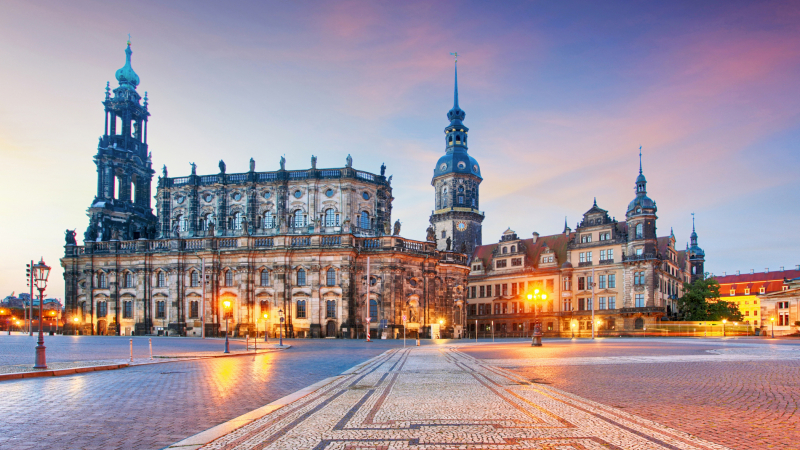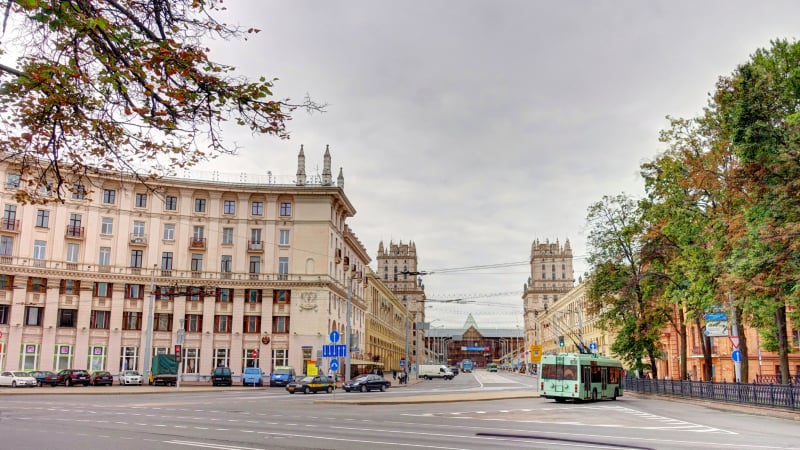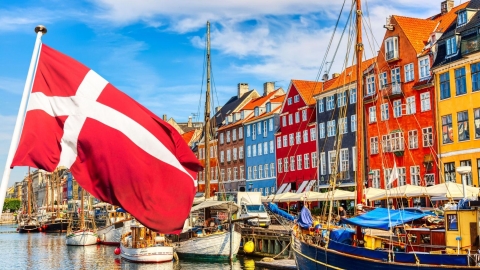The most modern infrastructure in the world
The Fehmarnbelt is a multi-purpose tunnel consisting of two motorways and two electrified rail lines, allowing vehicles and trains to travel back and forth between the two countries quickly. At 18 km long, although shorter than the Channel Tunnel (50 km), the Fehmarnbelt is superior in technology and construction scale. When completed, it will be the longest combined traffic tunnel in the world, and also hold the record for the longest submerged tunnel.
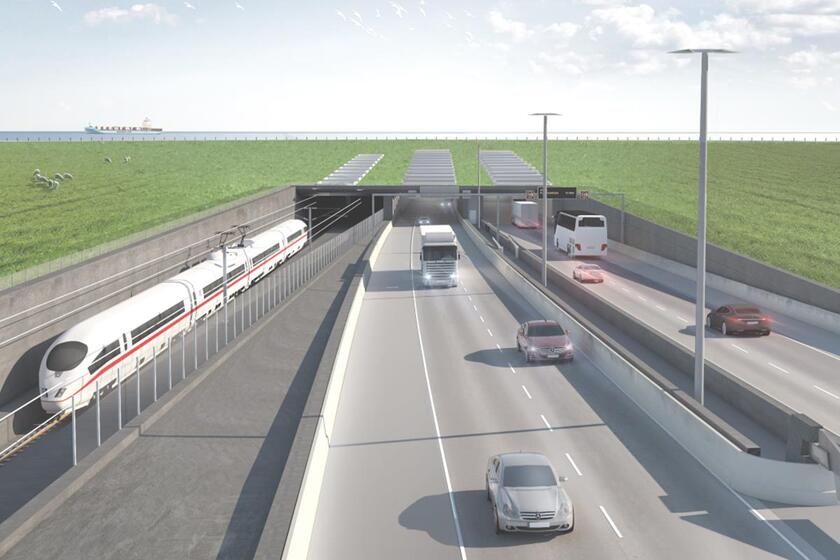
The Fehmarnbelt Tunnel will include two railway lines and two two-lane highways running under the Baltic Sea.
Unlike the Channel Tunnel, which was dug underground, the Fehmarnbelt uses the sunken tunnel method. Precast concrete tunnel sections are manufactured in a factory, then transported to sea and placed in a trench dug into the seabed before being buried.

Fehmarnbelt uses the sunken tunnel construction method
In February 2025, the first tunnel sections left the factory in Rødbyhavn (Denmark), marking an important step forward for the project. The project is expected to be completed in 2029 at an estimated total cost of 7.4 billion euros (7.7 billion USD).
Promoting tourism between Northern Europe and Central Europe
Not only will it shorten the travel time from Denmark to Germany from 45 minutes to just 7 minutes by train and 10 minutes by car, the Fehmarnbelt will also bring huge benefits to the region's tourism industry.
Lolland Island (Denmark) – where the tunnel begins – is famous for its unspoiled natural landscapes, ancient towns and the Knuthenborg Safari Park. Meanwhile, on the other side of the tunnel, Fehmarn Island (Germany) is a paradise for water sports lovers with long beaches, campsites and famous windsurfing centers.
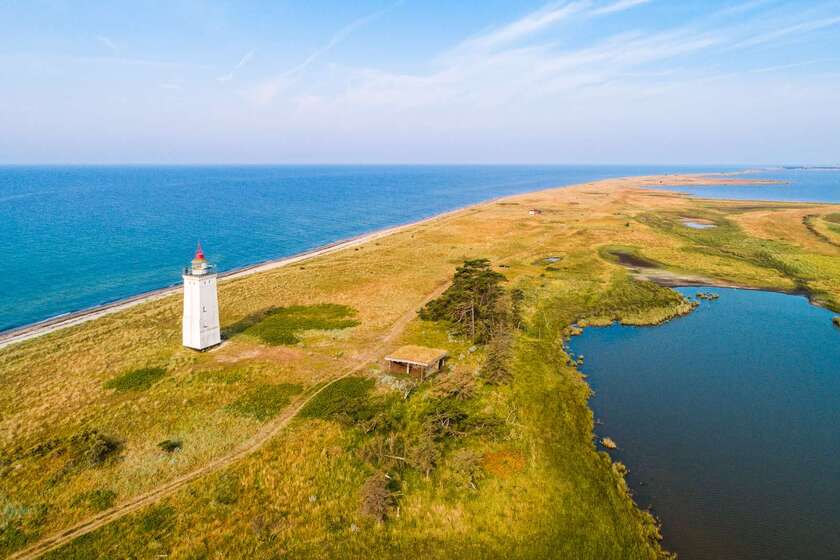
Lolland Island (Denmark)...

... and Fehmarn Island (Germany) are the two ends of the tunnel.
Not stopping at these two islands, Fehmarnbelt also helps to quickly connect from Copenhagen (Denmark) to Hamburg (Germany) - two major tourist and cultural centers of Europe. With a distance of 280 km, traveling between the two cities by rail currently takes nearly 5 hours, but when the tunnel is completed, this time will be reduced to about 2.5 hours, opening up opportunities for inter-route travel between Northern Europe and Central Europe.
The project is also expected to increase the number of international tourists to both Denmark and Germany, especially from neighboring countries such as Sweden, Norway or Poland. Thanks to the modern rail network, tourists can easily access famous destinations such as Rosenborg Castle (Denmark), the old town of Lübeck (Germany) or the beautiful beaches along the Baltic Sea.
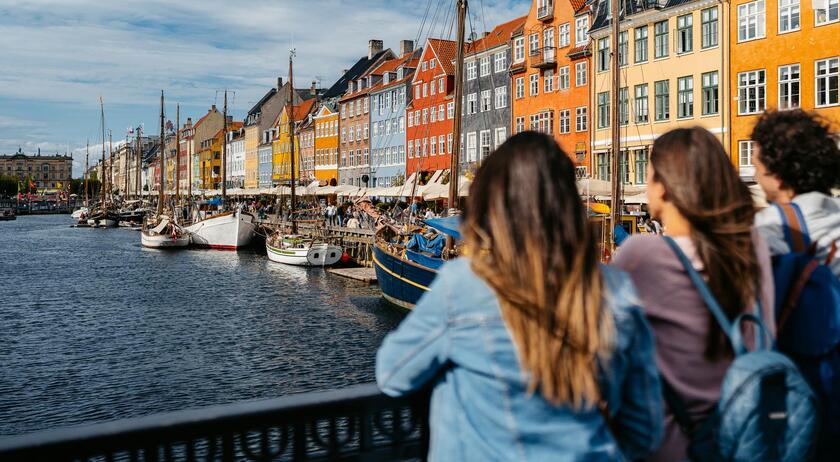
The project is expected to increase the number of international tourists to both Denmark and Germany.
The Fehmarnbelt is not only a transport project but also a symbol of strong connectivity between European countries. This project is part of the European Union's common infrastructure development strategy, helping to strengthen economic, trade and tourism links in the region. With its strategic importance, the Fehmarnbelt tunnel is expected to become one of the key transport routes, contributing to bringing Europe closer together, both in terms of geographical distance and development opportunities.





